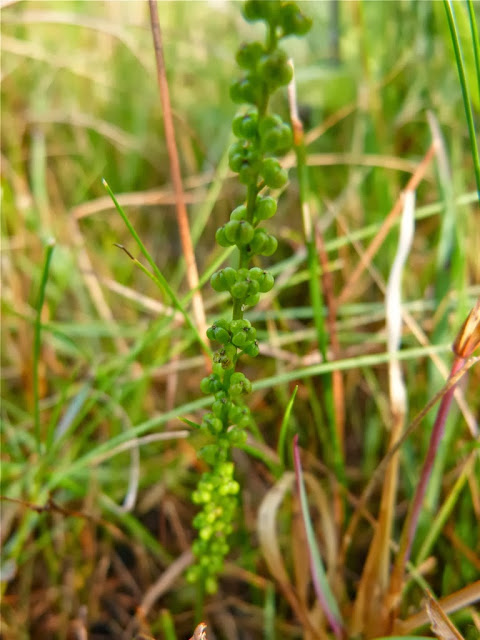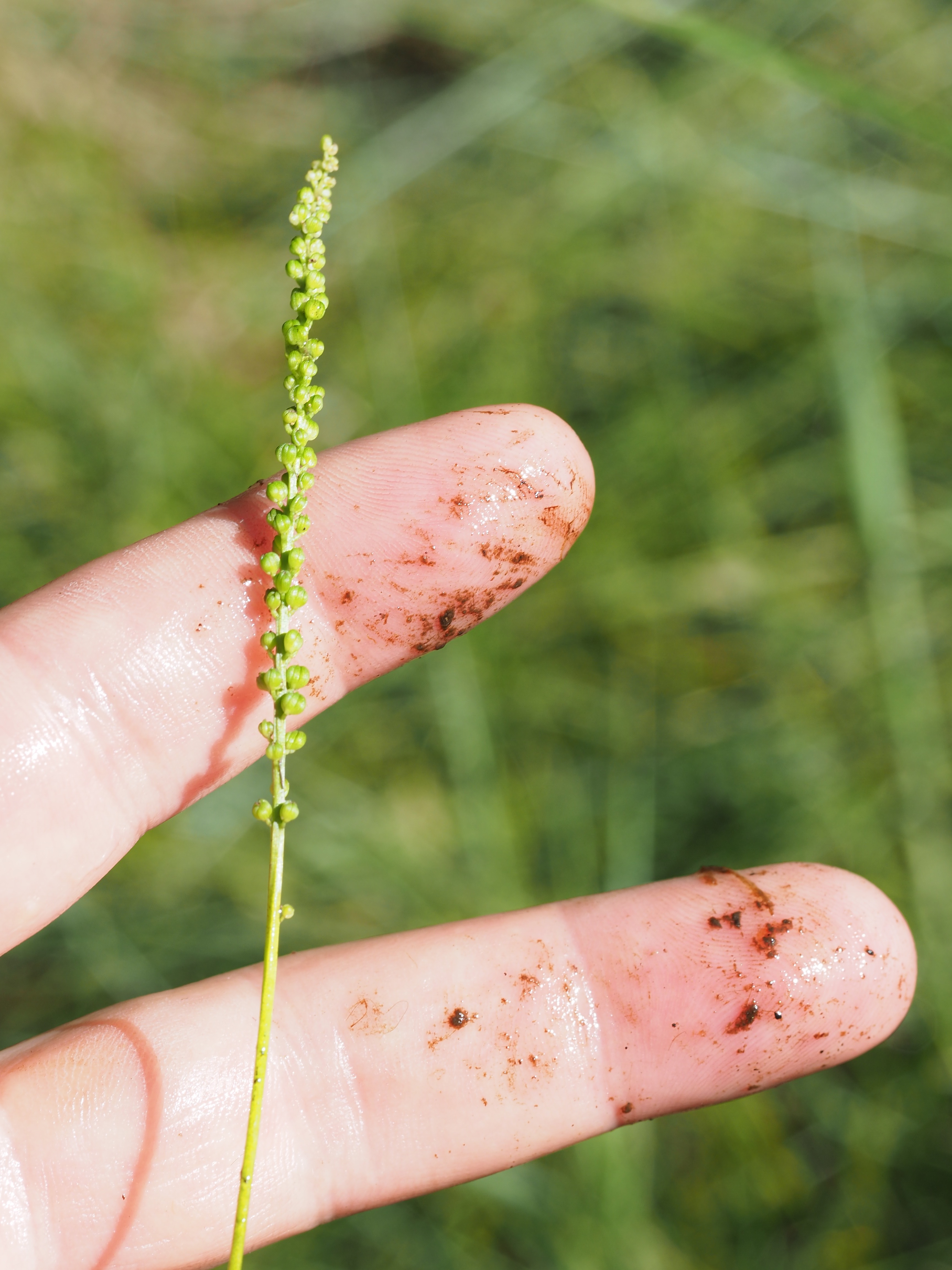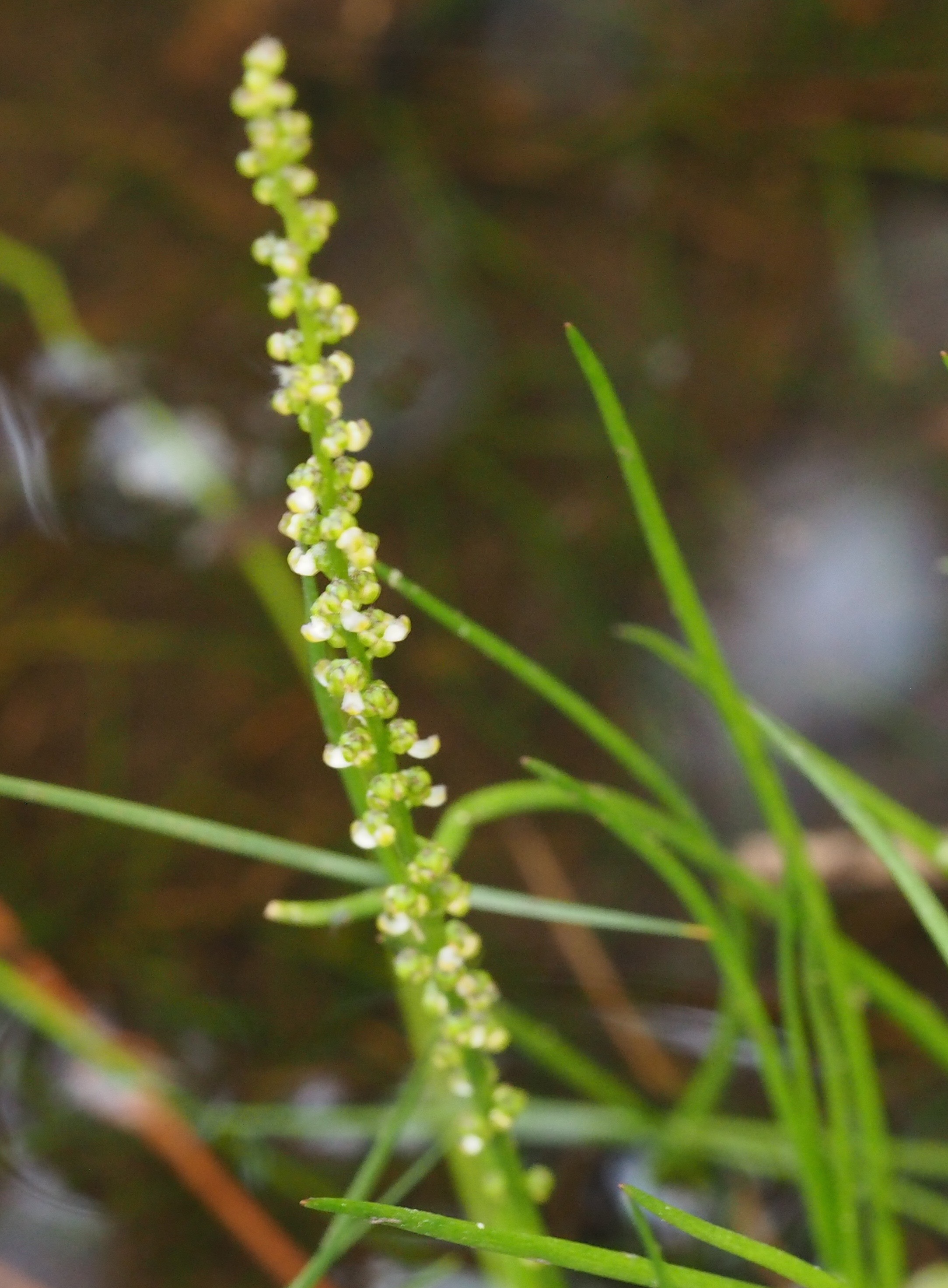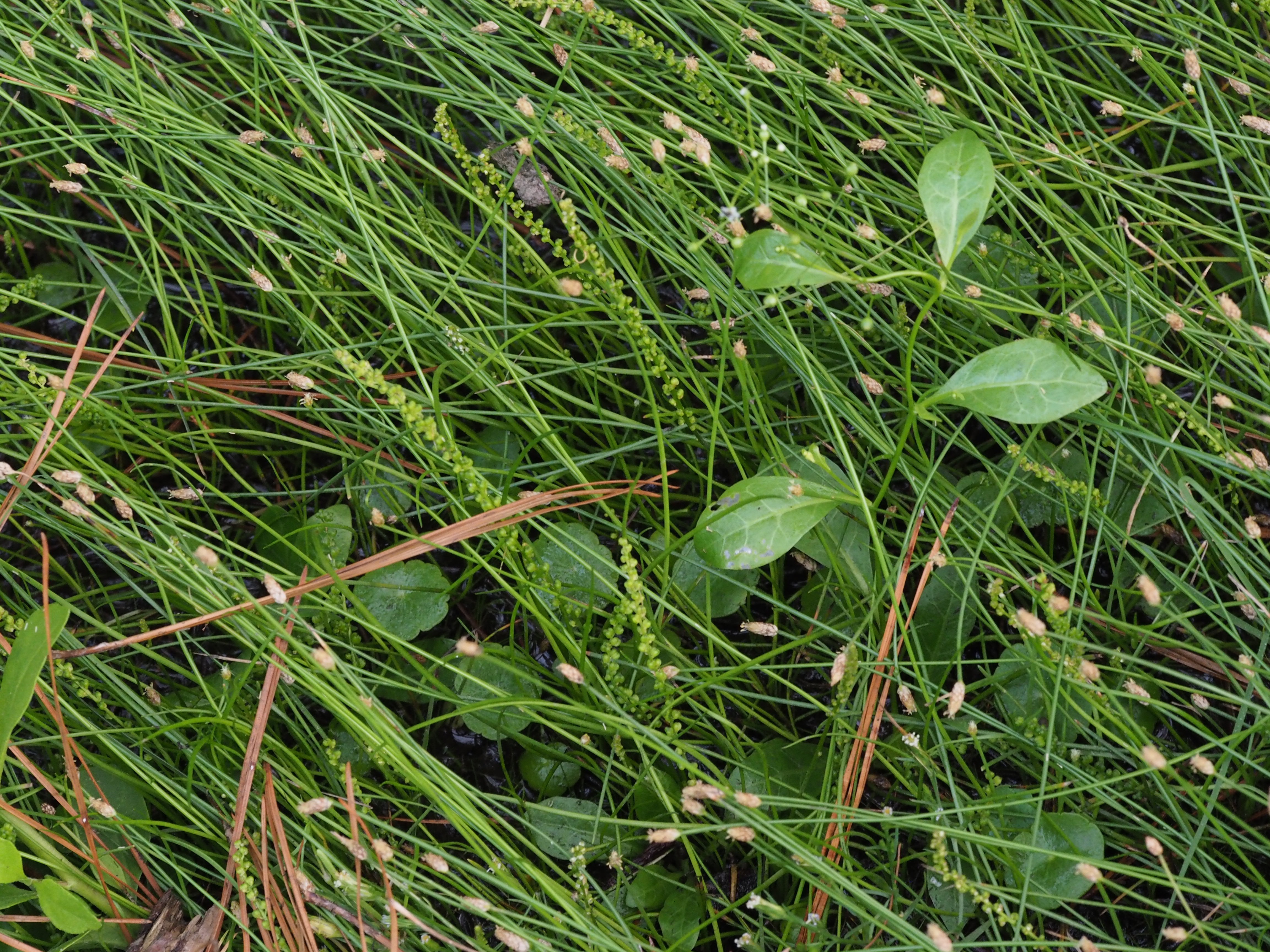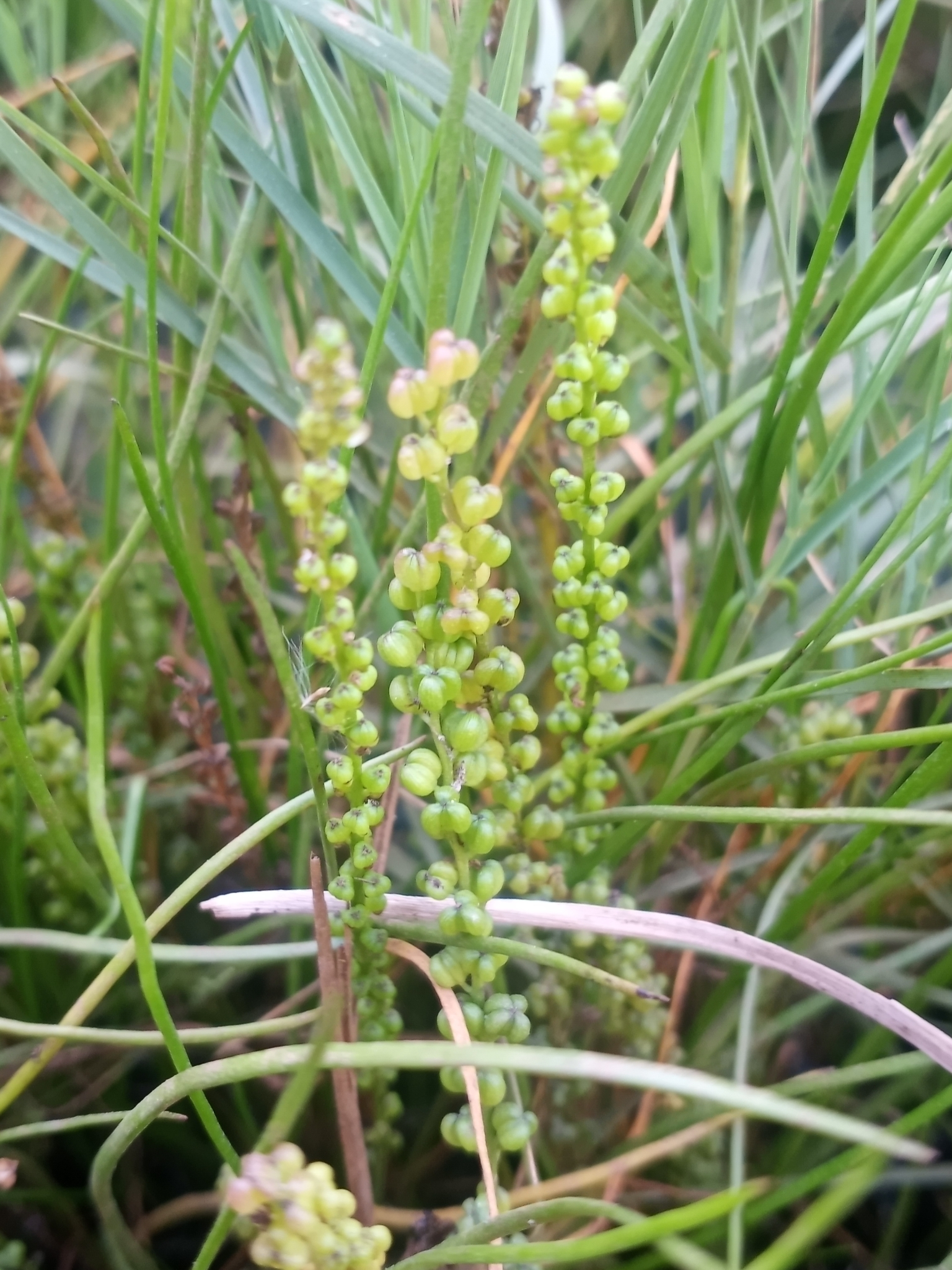Map Snapshot




18 Records
Seasonality Snapshot
Use of media featured on Maryland Biodiversity Project is only permitted with express permission of the photographer.
Three-rib Arrow-grass in Worcester Co., Maryland (9/13/2013).
View Record Details
Media by
Jim Brighton.
Three-rib Arrowgrass in Dorchester Co., Maryland (9/4/2020).
View Record Details
Media by
Jim Brighton.
Three-rib Arrowgrass in Dorchester Co., Maryland (9/16/2020).
View Record Details
Media by
Jim Brighton.
Three-rib Arrowgrass in Dorchester Co., Maryland (9/16/2020).
View Record Details
Media by
Jim Brighton.
Three-rib Arrowgrass in Dorchester Co., Maryland (10/24/2021). (c) Wayne Longbottom, some rights reserved (CC BY-NC).
View Record Details
Media by
Wayne Longbottom.
Three-rib Arrowgrass in Dorchester Co., Maryland (10/24/2021). (c) Wayne Longbottom, some rights reserved (CC BY-NC).
View Record Details
Media by
Wayne Longbottom.
Source: Wikipedia
| Triglochin striata | |
|---|---|

| |
| Scientific classification | |
| Kingdom: | Plantae |
| Clade: | Tracheophytes |
| Clade: | Angiosperms |
| Clade: | Monocots |
| Order: | Alismatales |
| Family: | Juncaginaceae |
| Genus: | Triglochin |
| Species: | T. striata
|
| Binomial name | |
| Triglochin striata | |
| Synonyms[1] | |
| |
Triglochin striata is a species of flowering plant in the family Juncaginaceae.[1][2] It is native to New Zealand, South America, America, Africa, Australia and Southern Portugal.[3][4][5]
It is a perennial with parallel lines on its narrow linear leaves, which gives rise to its common name streaked arrow grass. Other common names include three-rib arrowgrass[6] and three-ribbed arrow-grass.
Habitat
[edit]Triglochin striata's habitat is mainly coastal in damp muddy ground, salt marsh, estuaries, and damp seepages on coastal cliffs, boulder beaches and within damp coastal turf. It is also found inland around lake margins (in marginal turf communities) and in other suitable damp places, and sometimes even in tall forest.[5]
References
[edit]- ^ a b "Triglochin striata Ruiz & Pav". Plants of the World Online. The Trustees of the Royal Botanic Gardens, Kew. n.d. Retrieved January 18, 2025.
- ^ "Triglochin striata Ruiz & Pav". Catalogue of Life. Species 2000. n.d. Retrieved January 18, 2025.
- ^ Online Field Guide to Common Saltmarsh Plants of Queensland Archived 2009-10-17 at the Wayback Machine
- ^ "Triglochin striata". Germplasm Resources Information Network. Agricultural Research Service, United States Department of Agriculture. Retrieved 19 January 2018.
- ^ a b "Triglochin striata | New Zealand Plant Conservation Network". www.nzpcn.org.nz. Retrieved 2020-01-04.
- ^ NRCS. "Triglochin striata". PLANTS Database. United States Department of Agriculture (USDA). Retrieved 15 December 2015.
